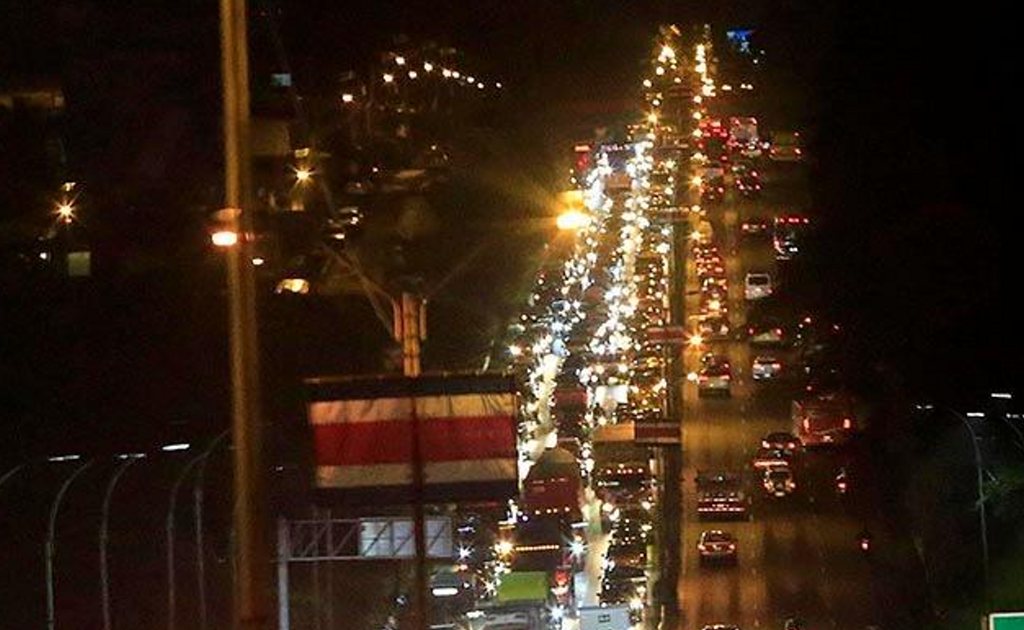In the heart of Costa Rica, a tradition gallops through the streets, painting a vibrant picture of culture and history. This is El Tope, a mesmerizing equestrian parade that’s not just a feast for the eyes but a gateway to understanding Costa Rica’s deep-rooted love for horses. Let’s saddle up and trot through what makes El Tope an unmissable Costa Rican spectacle.
El Tope: A Galloping Tradition
El Tope is essentially a horse parade, but calling it just that would be like calling a hurricane a breeze. It’s a spectacular display of equine elegance, a tradition where towns across Costa Rica showcase their finest horses and horsemanship. These parades are not only a show of skills but a bridge connecting modern Costa Rica with its colonial past.
Imagine a parade where horses don’t just walk; they dance. Where the air is filled with the sound of hooves, music, laughter, and the occasional, friendly banter. That’s El Tope for you!
Celebrating Heritage and Horsemanship
El Tope isn’t just a parade; it’s a celebration of Costa Rica’s National Day of Horseman. A nod to the bygone era of “sabaneros” (Costa Rican cowboys), the event is a tribute to a time when life in Costa Rica was inextricably linked to these majestic creatures.
The Grandeur of El Gran Tope Nacional
The biggest of these parades is El Gran Tope Nacional in San José, a showstopper event that traditionally takes place on December 26th. It marks the beginning of Festejos Populares, a series of festivities welcoming Christmas and the New Year.
This parade is a cavalcade like no other, featuring thousands of riders from across Costa Rica, decked in traditional sabanero attire, guiding their horses through the heart of San José in a mesmerizing dance.
The Choreography of Paso Finos
One of the parade’s highlights is the Paso Finos, where horses and riders perform intricate Spanish dance steps. It’s like watching poetry in motion, a ballet of hooves that has been perfected through relentless practice and sheer passion.
Fashion on Four Legs: El Tope Outfits
In El Tope, fashion isn’t just confined to the riders. Both men and women riders, or Sabaneros and Sabaneras, don their most exquisite cowboy attire, turning the parade into a runway of traditional fashion. It’s an unspoken contest of elegance and style that adds an extra layer of charm to the event.
The Artistic Flair of Decorative Carts
Then there are the ox carts, not your run-of-the-mill carts, but moving canvases hand-painted in vibrant colors. These carts, driven through the streets, are a testament to Costa Rica’s rich artistic heritage.
The Roots of El Tope
The origins of El Tope are as fascinating as the parade itself. One theory traces it back to the aftermath of the 1871 earthquake in San José. To fund the rebuilding of the Metropolitan Cathedral, neighboring towns organized fairs, and the proceeds were escorted to San José by men on their finest horses, followed by ox carts carrying construction materials.
Alternatively, some believe it began as a horse racing event during colonial times, evolving into the parade we see today. Others attribute its origin to the 20th-century cattle imports by the United Fruit Company.
El Tope Today: A Cultural Extravaganza
Regardless of its origins, today’s El Tope is a cultural extravaganza unique to Costa Rica. It’s a living museum of tradition, a celebration of a rich history, and a testament to the Costa Rican spirit.
El Tope is more than just a parade; it’s a vibrant expression of Costa Rican culture, a reminder of its agrarian past, and a celebration of the bond between humans and horses. Whether you’re a horse enthusiast, a culture vulture, or just someone looking for a good time, El Tope is an experience that encapsulates the essence of Costa Rica’s heart and soul.
Source link
admin



